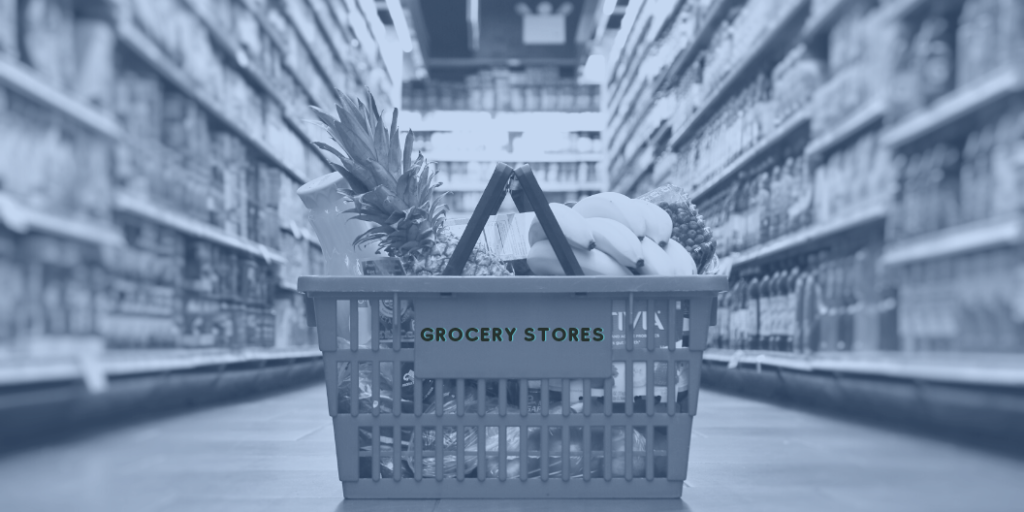Supermarkets and grocery stores are known for their tight profit margins. Traditionally speaking, these margins are as low as 1%, maybe 2%. In reality, these margins have increased due to the inclusion of a wide range of additional higher-margin service providers, such as butcher shops, bakeries and health food stands.
Despite the inclusion of added services, supermarkets still struggle with enormous overhead costs that chip away at the bottom line. As a result, supermarkets must utilize the necessary tools at their disposal in order to maximize their profit, at all times. Naturally, this includes pricing.
Achieving High Gross Profit
Supermarkets and grocery stores price the products they sell in order to make a profit. If a certain product is purchased at 10 dollars, it will probably be sold at a higher price to the end customer. Everyone knows that, right? So, what’s the problem? The problem is that the majority of products sold by supermarkets generate very low profit margins. So low, in fact, that they may not cover all operating and overhead expenses.
That said, supermarkets also sell certain products that yield very high profit margins. They are aware that their customers want to purchase products from both low-profit margin and high profit margin categories. That’s why supermarkets and grocery stores calculate profit not through the purchase of individual products, but through an entire purchase made by an individual or a family. Their goal is for customers to purchase as many products as possible – some will obviously be from the low-profit category – and as many high-profit products, as well. It is not only the quantity of products purchased that counts – it’s the precise product assortment that really matters.
How Can Dynamic Pricing Help?
Dynamic pricing can help supermarkets and grocery stores analyze customer trends, in order to establish a pricing strategy that helps them understand just how high they can price certain products and just how low they can price others. The basic assumption is that individuals and families will need to buy a little – or a lot – of both.
Supermarkets need to implement equations that will increase the purchase of high-profit margin products. Sometimes, this means lowering certain prices. Sometimes it means increasing them. Two things are certain: The first is that a certain product’s price is affected by the pricing of other products. The second is that pricing must be adjusted in real-time, in order to take into consideration many changing factors, such as the day of the week, original product cost, and more.
Maximum Profit for Every Purchase
The goal of dynamic pricing recommendations is to help supermarkets maximize the profit made from entire family/individual purchases. Sometimes, this means selling certain products at a loss. The dynamic pricing platform should be able to determine the exact loss cost required, at an exact point in time, for maximum profit generation.
To sum up, supermarkets and grocery stores operate in harsh business environments. They should strive to obtain a wide range of effective tools for proven and sustainable business success. Dynamic pricing is such a tool. It can significantly impact the bottom line.








